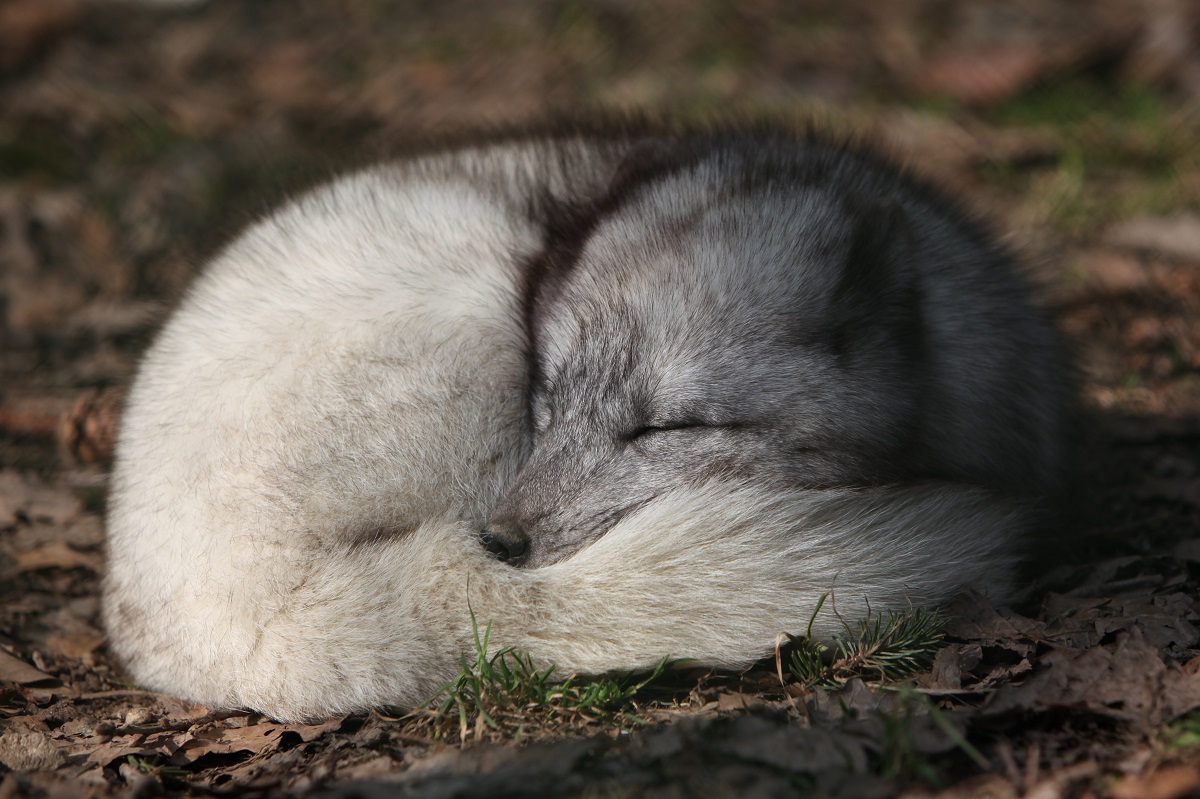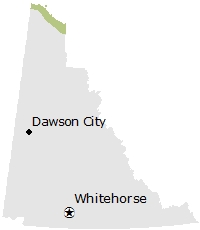
Credit: Mana
Name
- Common name: Arctic Fox
- Scientific Name: Vulpes lagopus
- Order: Carnivora
- Family: Canidae
Also known as
Polar Fox, Snow Fox, White Fox, Blue Fox (colour phase)
Viewing opportunities
- Visitors to Herschel Island Territorial Park and Ivvavik and Vuntut national parks are in Arctic Fox territory. Arctic Foxes are relatively unafraid of humans and the dens are not difficult to spot.
Description
- About the size of a large house cat.
- Short ears, legs, and muzzle with thick furred foot pads.
- Deep thick fur is all white in winter and brown or fawn colour in summer.
- Body is generally rounded to minimize the amount of body heat escaping.
Fast facts
- Length: 53.5 cm
- Weight: 3 kg
- Lifespan: 5 to 7 years, though they can live up to 15 years
- Predators: Eagles, wolves, Grizzly Bears, Red Fox
- Habitat: Sea ice, coastal plain, tundra
Conservation status
- Yukon: S2 (Imperiled)
- Global: G5 (Secure)
Behaviour
Arctic Foxes are active in summer and winter travelling out onto the Arctic Ocean ice in search of meat scraps leftover from Polar Bears or Gray Wolves. They stay together as a family unit only from mating to weaning the kits. Family groups split up at the end of August.
Diet
Lemmings, voles, other small rodents, new born ringed seals and carrion
Distribution

Sights and sounds
env-arctic-fox-audio.mp3
Barking.

Arctic fox track: 4.6 x 4.3 cm.
Arctic Foxes and people
- Arctic Fox pelts have been an important resource in Canada’s arctic since the early 1900’s. Only a handful of foxes are trapped in the Yukon. Because of low population numbers only the Inuvialuit are able to harvest the species.
- Arctic Foxes are frequent visitors to northern camps, sometimes stealing food and chewing inedible objects.